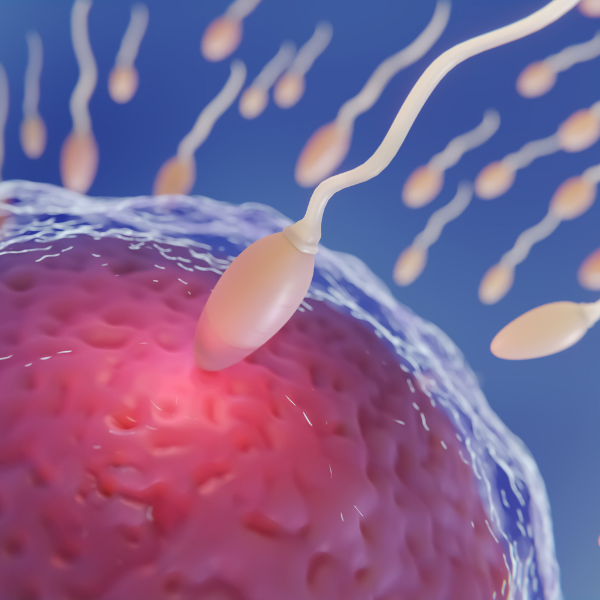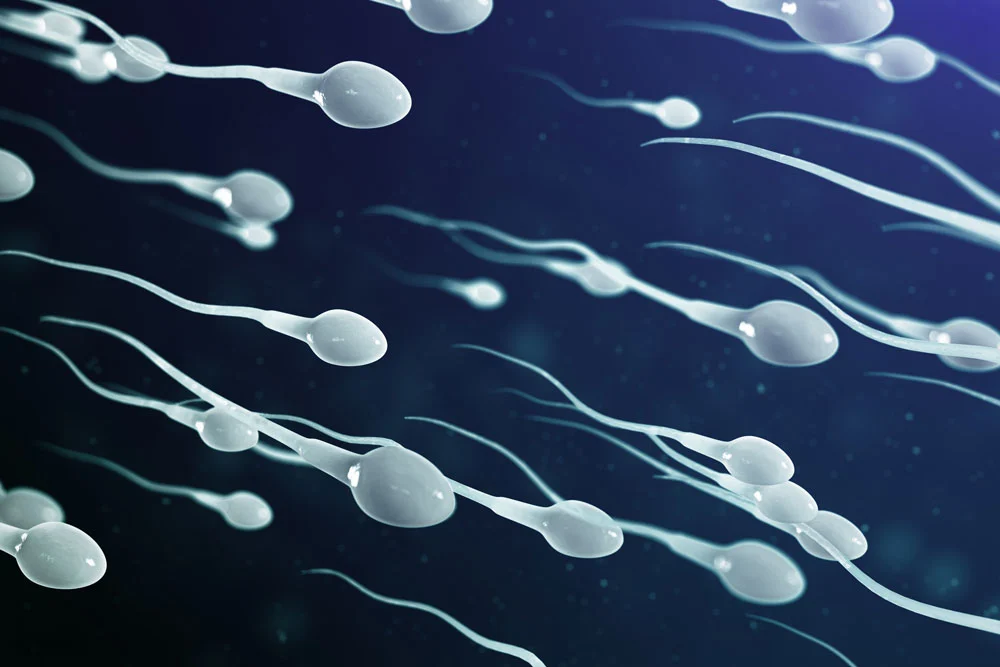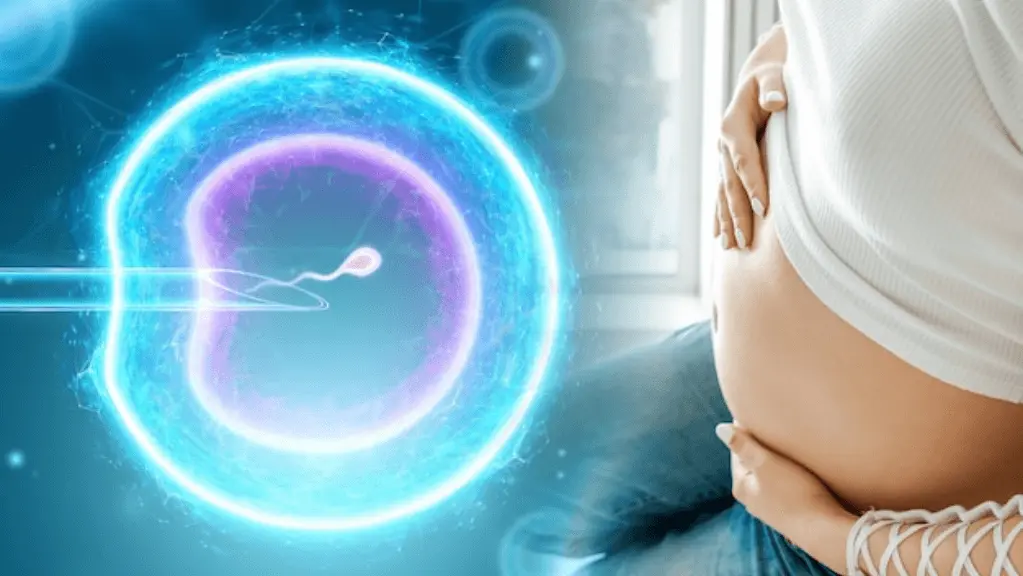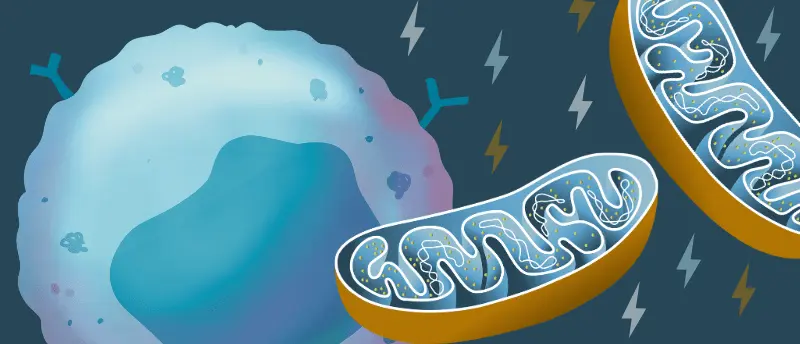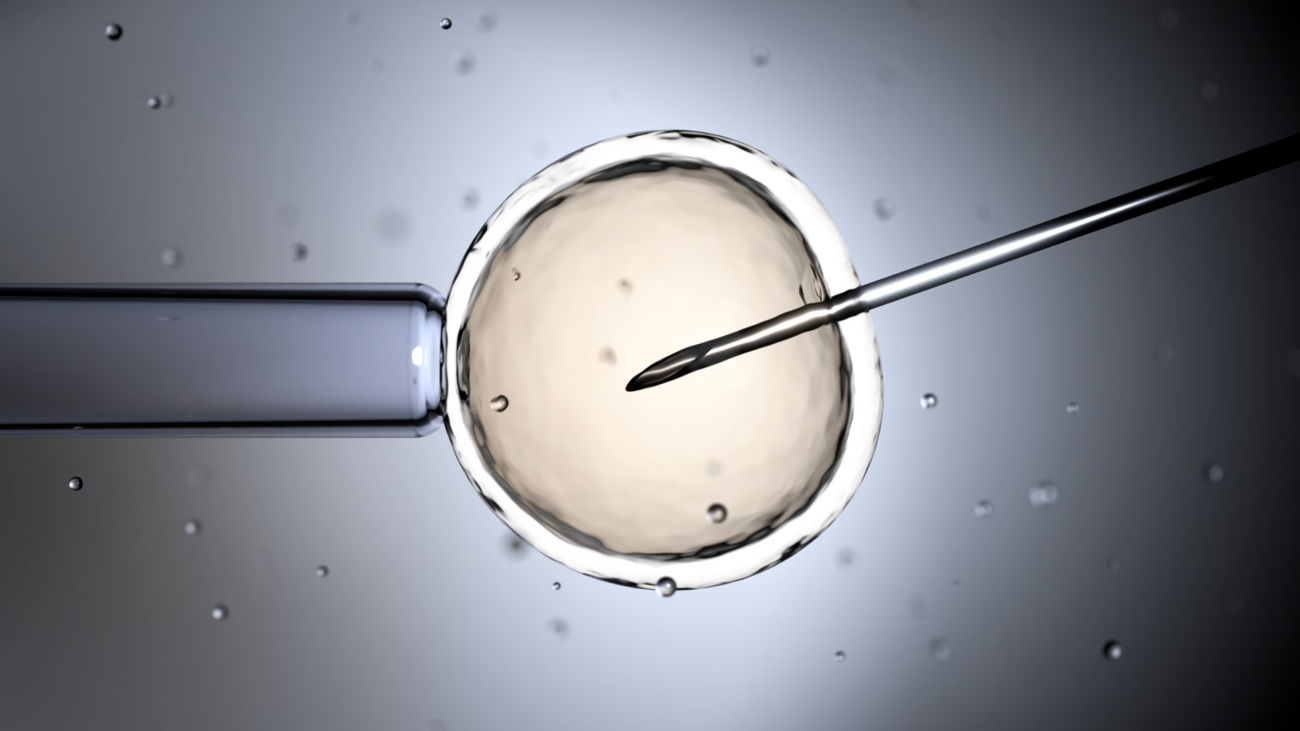Assisted Reproduction Techniques (ART), such as IUI, ICSI, and IVF, have witnessed a transformative breakthrough with the advent of cutting-edge sperm selection technologies. In this article, we explore the significance of the newly developed microfluidic chip technique in sperm preparation, highlighting its advantages over traditional methods.
What is Sperm Selection?
Sperm selection refers to the process of choosing the healthiest and most viable spermatozoa for use in assisted reproductive techniques (ART), such as in vitro fertilization (IVF), intrauterine insemination (IUI), and intracytoplasmic sperm injection (ICSI). The goal of sperm selection is to optimize the chances of successful fertilization and a healthy pregnancy.
Traditional sperm selection methods involve techniques like swim-up and gradient separation, where the fluid part of semen is discarded, and efforts are made to isolate sperm with good shape and movement. However, these methods may involve centrifugation, which can have drawbacks such as sperm fragmentation and DNA damage.
Innovative Technologies: Microfluidic Chips
Innovative technologies, such as microfluidic chips, have emerged to enhance the sperm selection process. These chips simulate the natural pathways sperm navigate through in the female reproductive tract, allowing for the separation of healthy sperm without the need for centrifugation or harmful products. The microfluidic chip technique enables the automatic selection of sperm based on their shape, movement, and DNA integrity, leading to improved reproductive outcomes, including higher fertilization rates and better embryo quality.
Sperm selection is a crucial step in assisted reproduction, aiming to identify and utilize the most robust and viable sperm to increase the chances of a successful pregnancy for individuals and couples facing fertility challenges.
The Need for Sperm Preparation in ART
Importance of Sperm Quality
- Brief overview of IUI, ICSI, and IVF procedures.
- Emphasis on the critical role of healthy sperm with good shape and movement.
Conventional Sperm Preparation Techniques
Swim-Up and Gradient Separation
- Explanation of traditional methods used in sperm preparation.
- Disposal of the fluid part of semen and efforts to obtain optimal sperm.
Drawbacks of Centrifugation
- Impact of centrifugation on sperm, including fragmentation and release of enzymes.
- Association with reactive oxygen species (ROS) and DNA damage in healthy sperm.
Microfluidic Chip Technology – A Game Changer
Microfluidic Sperm Sorter Chip
- In-depth explanation of the microfluidic chip technique.
- Utilization of a filter with selective holes for healthy sperm collection.
- Automatic selection without external intervention, preventing trauma to sperm.
Benefits of Micro Chip Method
- Elimination of centrifugation, reducing ROS and DNA fragmentation.
- Increased reproductive outcomes, including higher fertilization rates and improved embryo quality.
Sperm Selection Process Using Microfluidic Chips
Simulating Natural Pathways
- Description of how chips simulate cervical and uterine pathways for sperm selection.
- Efficient separation without harmful products or centrifugation.
Types of Chips: Zymot™ ICSI and Zymot™ Multi
- Differentiating between chip types based on sample characteristics and reproductive technique.
- Choosing the appropriate chip for optimal results.
User-Friendly and Efficient Process
Intuitive, Simple, and Fast
- Highlighting the user-friendly nature of the sperm selection process.
- No need for centrifugation or sample pretreatment, minimizing iatrogenic damage.
Incubation Period
- Briefly discussing the 30-minute incubation period at 37ºC for sperm collection.
In conclusion, the revolutionary microfluidic chip technology is reshaping the landscape of ART by offering a more intuitive, efficient, and damage-free sperm selection process. As we delve into the future of assisted reproduction, these advancements hold the promise of further enhancing fertilization rates and embryo quality, ultimately bringing new hope to individuals and couples seeking fertility solutions.

